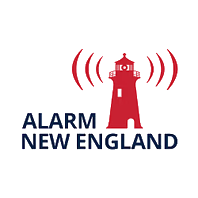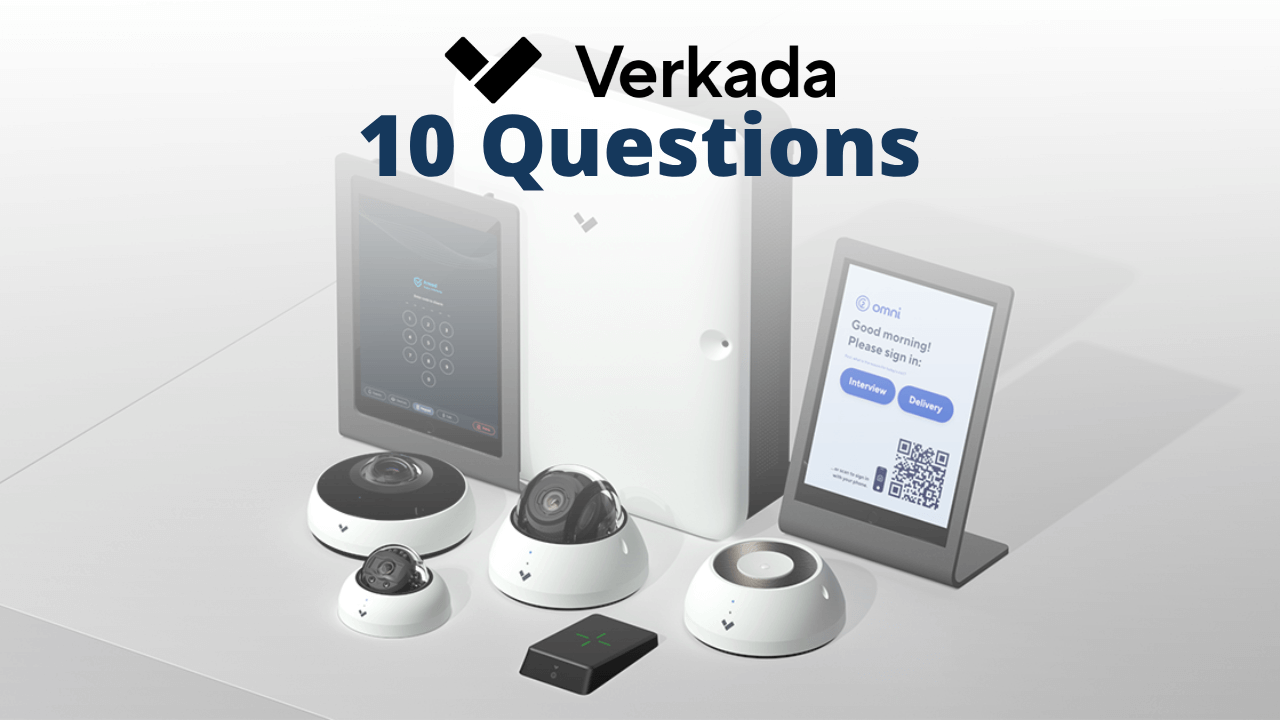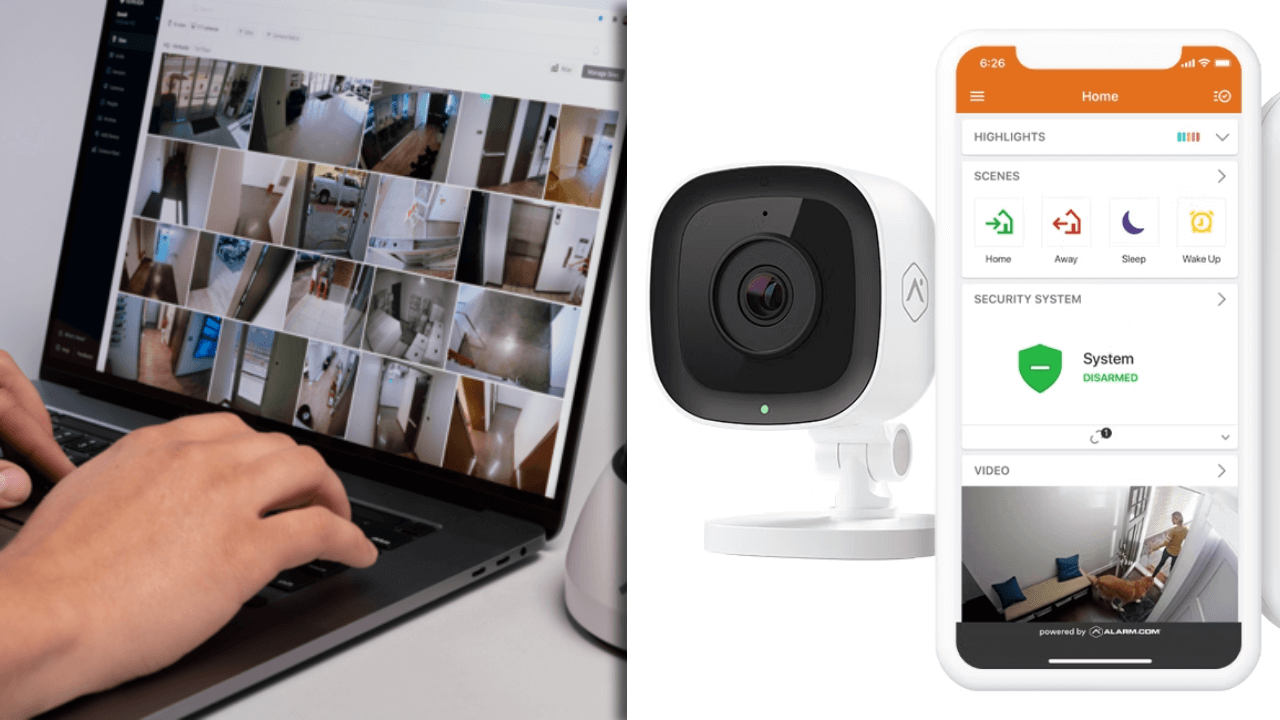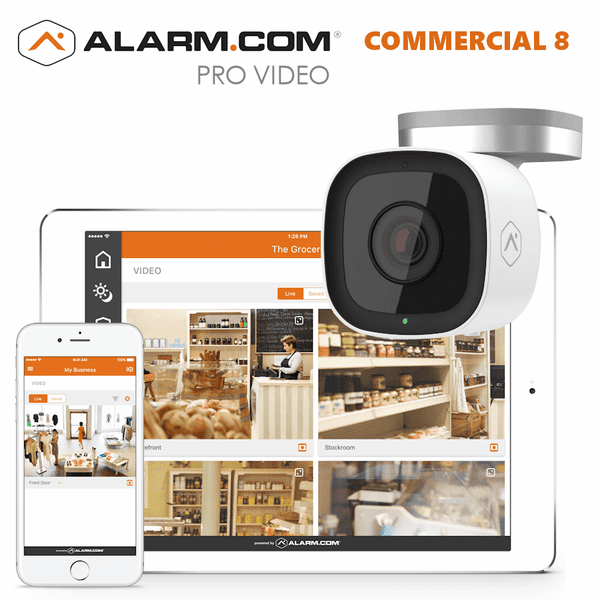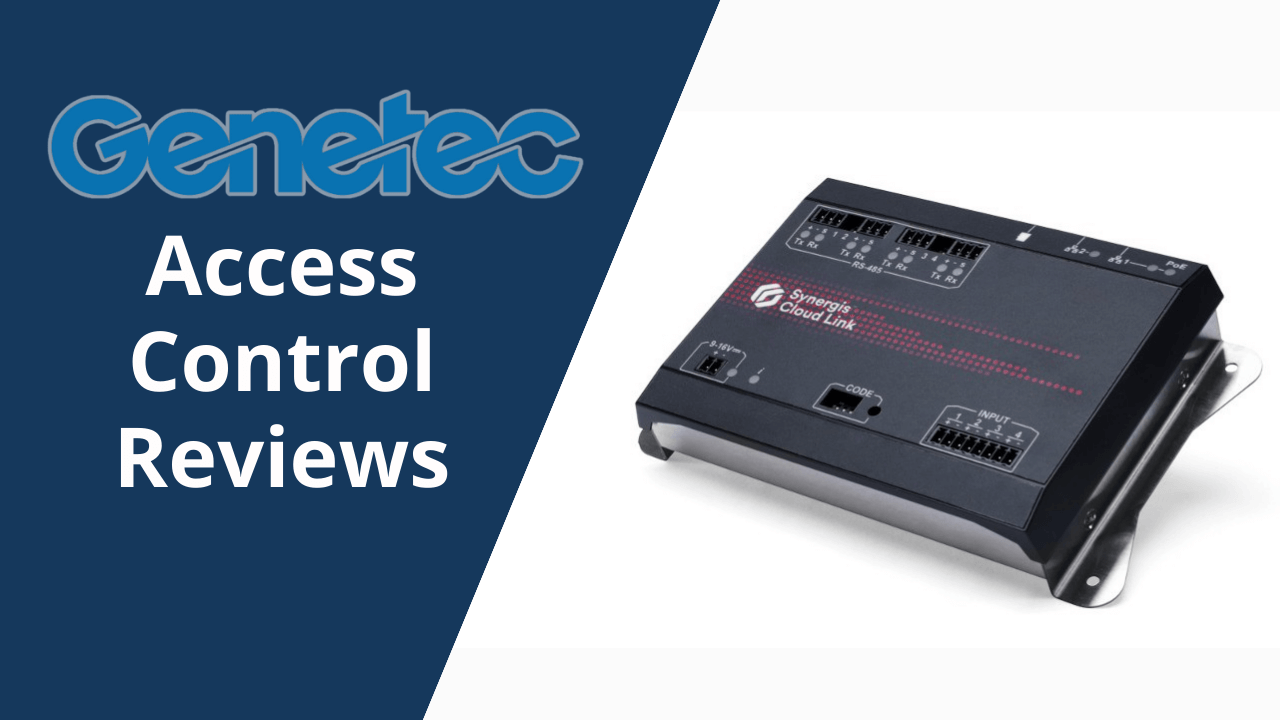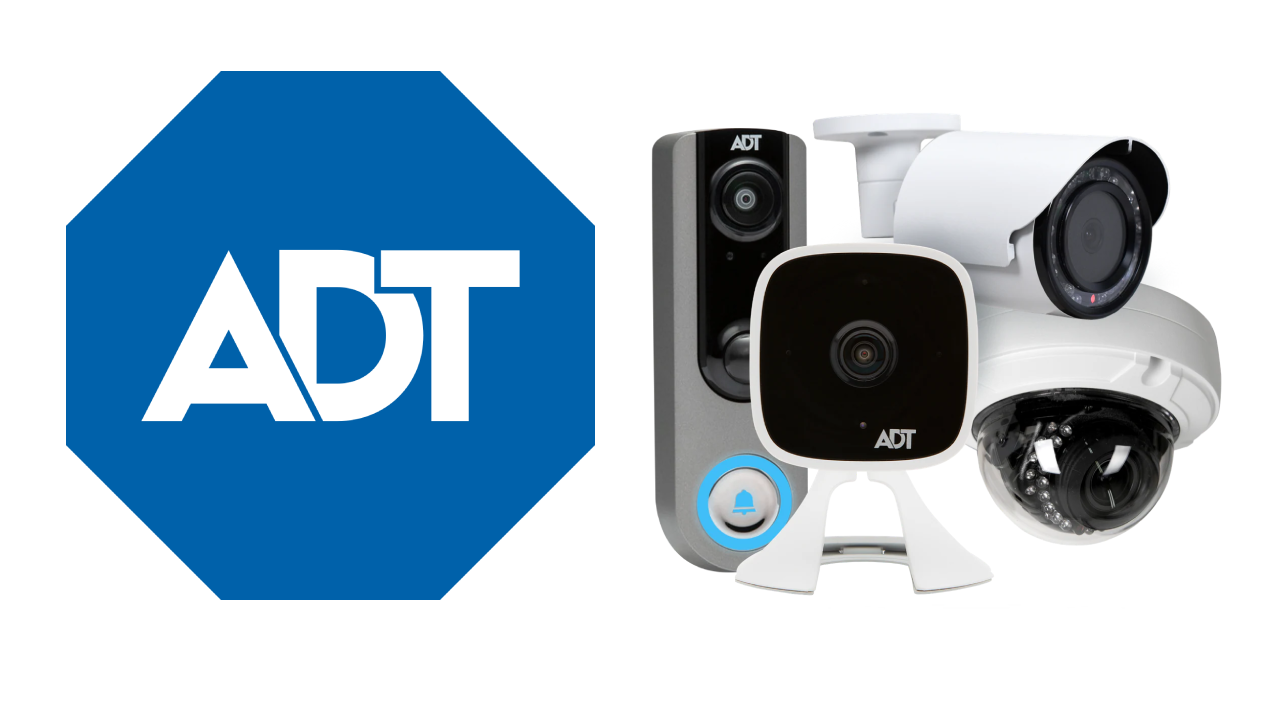Choosing a security system isn’t just about cameras and alarms. It’s about trust, long-term value, and whether the security solution truly fits your business. With so many options out there, Verkada stands out as a sleek, cloud-based platform that promises simplicity, scalability, and smart features. But before you commit, it’s worth asking the right questions to make sure it’s the right match for your needs.
Over the years, Verkada has gained attention for its all-in-one approach to physical security. The company’s solution combines video surveillance, access control, environmental sensors, and alarms into a single dashboard. It’s used by thousands of organizations across industries, from retail and healthcare to manufacturing and education. Nonetheless, every business is different, and what works for one may not work for another.
In this guide, we’ll walk through ten (10) key questions that every buyer should ask before choosing Verkada. From cybersecurity and compliance to pricing, scalability, and support, these questions will help you assess whether Verkada aligns with your goals. Thus, giving you the confidence to make a smart, informed decision.
1. What Makes Verkada Different from Traditional Security Systems?
Verkada breaks away from the old-school security model by offering a cloud-based, all-in-one platform. Traditional systems rely on DVRs or NVRs, local servers, and manual updates. However, this often means bulky hardware, limited remote access, and more IT headaches. Verkada replaces all that with smart cameras, access control, sensors, and alarms that connect directly to the cloud. You can manage everything from a single dashboard, whether you’re on-site or halfway across the country.
What’s more, unlike traditional setups that require separate systems for video, doors, and alarms, Verkada combines them into one seamless experience. Need to check who entered a door and view the footage? It’s all synced. Want to share a clip with law enforcement? Just send a secure link. With automatic updates, built-in storage, and remote access from any device, Verkada offers modern security without the complexity. Hence, it is a strong choice for businesses that want simplicity, scalability, and smart control.
2. Does Verkada Offer All the Features My Business Needs (Cameras, Access, Alarms, Sensors)?
Yes, Verkada offers a full suite of physical security tools designed to cover most business needs in one platform. Their products include high-definition cameras with built-in storage and smart analytics, access control systems for managing doors and credentials, intrusion alarms with optional 24/7 monitoring, and environmental sensors that detect motion, air quality, temperature, and even vape emissions.
However, what makes Verkada stand out is how these tools work together. You can view camera footage tied to door events, get real-time alerts from sensors, and manage everything from a single dashboard. There is no need for separate systems or vendors. Whether you’re securing a retail space, office, school, or warehouse, Verkada’s integrated approach helps simplify operations while boosting visibility and control.
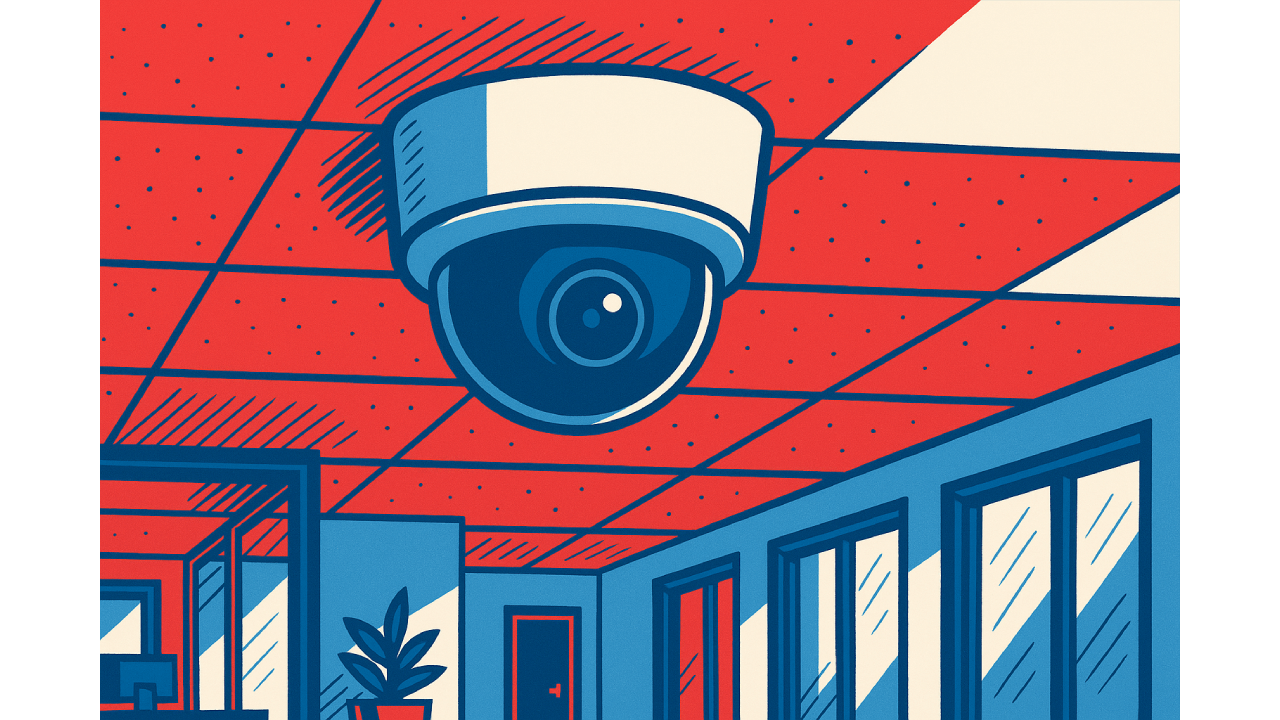
3. How Secure Is Verkada’s Cloud-Based Platform Against Cyber Threats?
Verkada’s platform is built with cybersecurity in mind. It uses end-to-end encryption, automatic firmware updates, and role-based access controls to protect data both in transit and at rest. Video footage is encrypted using AES-256. Also, all communications between devices and the cloud are secured with TLS protocols. Their system avoids risky practices like port forwarding, which is a common vulnerability in traditional setups.
Additionally, Verkada offers Enterprise Controlled Encryption (ECE). This gives businesses the option to manage their own encryption keys for added control. The platform is hosted on AWS infrastructure, known for its high security standards, and supports local data residency for compliance with regional regulations. While Verkada has faced scrutiny in the past, including a notable FTC settlement, they’ve since strengthened their security posture with certifications like SOC 2 Type 2, ISO 27001, and Zero Trust architecture. Thus, Verkada’s cloud platform is designed to be secure, but businesses should still evaluate its features against their own compliance and risk management needs.
4. What Does Verkada Cost, and Are There Recurring Subscription Fees?
Verkada is a premium security solution, and its pricing shows that. Cameras typically range from $500 to over $3,000, depending on the model and features. On top of hardware costs, each device requires a cloud license, which can cost between $199 and $1,799 per year per camera, based on storage duration and analytics level.
Yes, there are recurring fees. These annual licenses cover cloud storage, software updates, remote access, and support. While the upfront investment is higher than that of many traditional systems, Verkada’s pricing bundles advanced features and centralized management into one streamlined platform. For exact costs, businesses usually need a custom quote based on their site size and security needs.
5. Is Verkada Scalable If My Business Expands to Multiple Locations?
Yes, Verkada is built for multi-site scalability. Its cloud-based platform lets you manage cameras, doors, sensors, and alarms across all your locations from a single dashboard. You can add new devices quickly with plug-and-play setup, monitor system health in real time, and apply consistent security policies across sites.
Also, Verkada supports enterprise tools like SSO, SCIM, and bandwidth management. This makes it easy to onboard users and control access as your team grows. Whether you’re expanding to a second office or scaling across dozens of facilities, Verkada’s centralized system helps you stay secure without adding IT complexity.
6. Does Verkada Integrate with My Existing Security or IT Infrastructure?
Yes, Verkada is designed to work with many existing IT systems and security tools. It offers pre-built integrations with platforms like Okta, Azure AD, Google Workspace, Slack, and Microsoft Teams. This makes it easy to sync user access, send alerts, and manage identities across your organization. Verkada also supports SCIM and SSO, so you can automate user provisioning and enforce consistent access policies.
For custom setups, Verkada provides developer-friendly APIs and a tool called Helix, which lets you pair camera footage with third-party data or build custom workflows. You can even connect non-Verkada cameras as context devices to enhance your existing security infrastructure. Whether you’re running a modern IT stack or transitioning from legacy systems, Verkada is built to integrate smoothly and scale with your infrastructure.
7. Is Verkada Compliant with Industry Regulations Like HIPAA, GDPR, or NDAA?
Yes, Verkada has taken steps to meet key industry regulations that matter to businesses across healthcare, government, and global markets. For HIPAA, Verkada provides tools and safeguards that support compliance for covered entities like hospitals and clinics, including secure video storage, role-based access, and audit logs. For GDPR, Verkada has built its platform to protect personal data, using encrypted connections and secure AWS-hosted infrastructure. Also, they ensure adherence to international privacy frameworks like the EU-US Privacy Shield.
As for NDAA, Verkada confirms that its products meet compliance standards for sale in the U.S., Canada, the EU, the UK, and other regions. This means their hardware avoids restricted components and is suitable for use in government and federally funded projects. If your business operates in a regulated space, Verkada’s certifications and privacy-first design make it a strong contender. Nonetheless, it’s always smart to verify specific requirements with your legal or compliance team.
8. What Are the Potential Downsides or Limitations of Choosing Verkada?
While Verkada offers a sleek, all-in-one security platform, it’s not without drawbacks. The upfront costs and recurring license fees can be significantly higher than traditional systems, especially for businesses with many devices. Some users also report limited flexibility. Verkada’s ecosystem is closed. This means that you’re mostly locked into their hardware and software, with fewer options to mix and match third-party tools.
Another concern is data privacy and past security incidents. Verkada faced scrutiny over a 2021 breach and recently settled with the FTC for $2.95 million over alleged misrepresentations and security lapses. While the company has since improved its cybersecurity posture, some buyers may still feel cautious. Additionally, customer support reviews are mixed, with some users praising fast response times and others citing delays or limited troubleshooting help.
In essence, Verkada delivers powerful features, but businesses should weigh the cost, ecosystem lock-in, and data handling history before committing.
9. What Industries Use Verkada Successfully, and Does It Fit My Business Type?
Verkada is used across a wide range of industries that need reliable, scalable, and easy-to-manage security. Some of the most successful industry applications include:
- Retail: To reduce theft, monitor foot traffic, and improve customer safety.
- Healthcare: For HIPAA-compliant surveillance, access control, and patient protection.
- Education: To secure campuses, manage lockdowns, and monitor entry points.
- Government: For NDAA-compliant systems and centralized control across facilities.
- Corporate Offices: To manage employee access, visitor logs, and internal security.
Manufacturing & Logistics: For asset protection, perimeter monitoring, and operational oversight.
If your business operates in any of these sectors or manages multiple locations, sensitive data, or high-traffic environments, Verkada is likely a strong fit. Its cloud-based platform and integrated tools make it especially valuable for organizations that want modern security without the complexity of traditional systems.
10. What Level of Support and Service Can I Expect with Verkada?
Verkada offers 24/7 customer support through phone, chat, and email, with impressive response times. Based on information available on their website, Verkada’s support team averages 34 seconds for chat, 17 seconds by phone, and 22 minutes via email. Their support team is known for being fast and knowledgeable, especially for onboarding and setup.
However, user reviews are mixed. Many praise the platform’s ease of use and helpful service. Conversely, others mention limited flexibility and occasional delays when resolving complex issues. Support is centralized, so businesses without in-house IT may find it less hands-on compared to local providers.
Therefore, Verkada delivers fast, professional support, with about 95% average customer satisfaction. However, it’s best suited for businesses that are comfortable with remote assistance and a cloud-first approach.
Final Thoughts: Is Verkada Right for You?
Verkada offers a powerful, modern approach to business security. However, it’s not a one-size-fits-all security solution. By asking the right questions upfront, you can avoid surprises and choose a system that truly fits your needs. Whether you’re focused on scalability, compliance, or ease of use, the answers above will help you make a confident, informed decision.Still considering your options for a security system? Contact us today at Alarm New England for a tailored assessment. We’re here to help you find the right solution, not just sell one.
